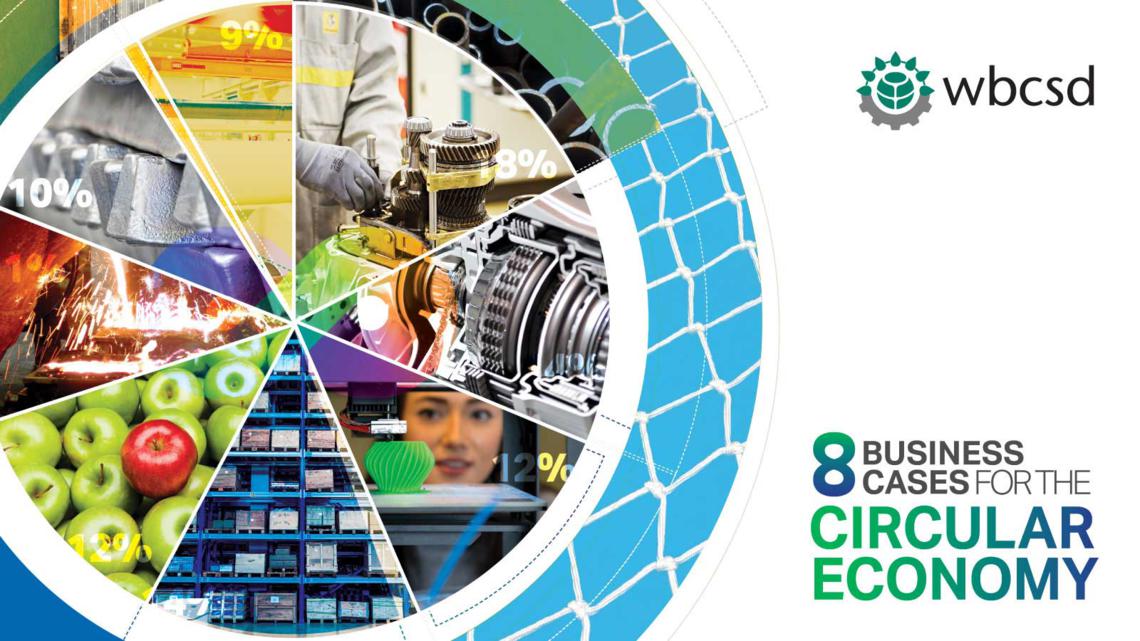 At the meeting of the WBCSD (World Business Council for Sustainable Development) in Geneva last July the macro-opportunities associated with implementing the circular economy were clarified. Now, companies need to know how circularity will impact their business as well as specific industry or sector opportunities. To that end the WBCSD has published clear guidelines. According to Jennifer Gerholdt from We Mean Business, The circular economy — which is an economic model focused on designing and manufacturing products, components and materials for reuse, remanufacturing and recycling — promises big opportunities for the private sector to drive new and better growth and accelerate innovation. Shifting to the circular economy could release $4.5 trillion in new economic potential by 2030, according to Accenture. A few companies are leading the way in setting these standards profitably. Some examples of companies making real progress in this field are listed below.
At the meeting of the WBCSD (World Business Council for Sustainable Development) in Geneva last July the macro-opportunities associated with implementing the circular economy were clarified. Now, companies need to know how circularity will impact their business as well as specific industry or sector opportunities. To that end the WBCSD has published clear guidelines. According to Jennifer Gerholdt from We Mean Business, The circular economy — which is an economic model focused on designing and manufacturing products, components and materials for reuse, remanufacturing and recycling — promises big opportunities for the private sector to drive new and better growth and accelerate innovation. Shifting to the circular economy could release $4.5 trillion in new economic potential by 2030, according to Accenture. A few companies are leading the way in setting these standards profitably. Some examples of companies making real progress in this field are listed below.
Food services provider Aramark has set a goal of reducing food waste by 50 percent by 2030 from its 2015 baseline. Drawdown names reducing food waste The 3rd most important thing we can do to reduce emissions is to significantly reduce food waste. Number 4 is eat less meat.
In 2017, Fisher Found was launched an expanded iteration of Green Eileen, a circular take-back program that focuses on 100 % circularity by reselling, renewing (repairing slightly flawed pieces, for example) and remaking Eileen Fisher garments.
Computer chip manufacturer Intel has set a goal to recycle 90 percent of its non-hazardous waste and divert 100 percent of its hazardous waste from landfills by 2020.
Johnson Controls is closing the automotive battery loop. has designed its conventional automotive batteries so that 99 percent of the materials can be reused.
Portions of this story first appeared on https://www.weforum.org/